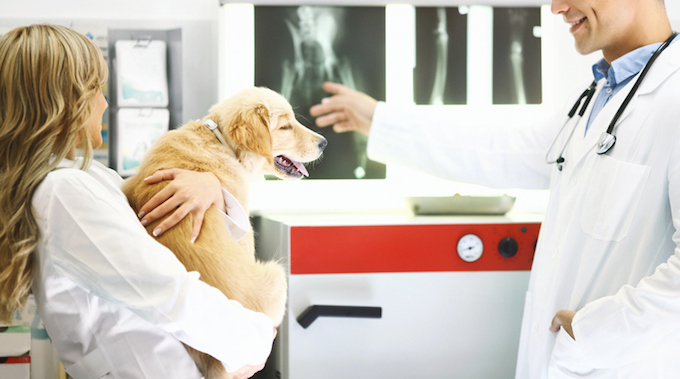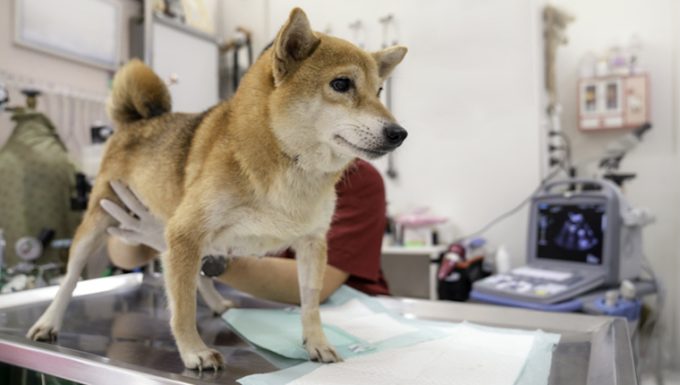Kidney disease caused by multiple cysts in dogs stops the kidneys functioning normally. The condition can lead to chronic kidney disease.
The condition is hereditary. Unfortunately, certain breeds including Beagles, Golden Retrievers, and Cairn Terriers suffer from the condition more than other dogs.
Technically, the condition is also known as polycystic kidney disease. This is shortened to PKD.
If you see the signs of the condition in your dog, then get to a veterinarian for a proper diagnosis and treatment.
Here’s what you should know about the symptoms, causes, and treatments for the condition.
Symptoms of Kidney Disease Caused by Multiple Cysts in Dogs
The condition often does not produce any symptoms early on. However, some of the general symptoms that the condition can produce include:
- Peeing more than usual
- Drinking more water than usual
- Vomiting
- Losing weight
- Swollen stomach
- Appetite loss
- Nausea
- Problems walking
- Bad breath
- Fatigue
- Becoming dizzy
- High body temperature
Causes of Kidney Disease Caused by Multiple Cysts in Dogs

The cause of the condition is the appearance of multiple cysts. These cysts replace normal tissue in the kidneys.
Generally, genetic factors cause the condition. For example, the following breeds suffer from the condition the most:
- Beagle
- Golden Retriever
- Shih Tzu
- Rhodesian Ridgebacks
- Shiba Inu
- Cairn Terrier
- Staffordshire Bull Terriers
- Labrador Retrievers
- Boxers
- West Highland White Terriers
Treatments for Kidney Disease Caused by Multiple Cysts in Dogs
Firstly, your vet will ask about your dog’s symptoms. Secondly, your vet will ask about your dog’s full medical history. This will include breed-specific problems.
Thirdly, a fine needle aspiration test will be able to monitor cyst fluids. This can help confirm the condition. A bacterial culture of the cyst fluids can also be carried out.
Unfortunately, the cysts cannot currently be removed. However, draining fluid from large cysts can help reduce your dog’s pain.
Additionally, medication can help with any infections that have formed. As always, if your vet prescribes your dog any medicine, make sure to stick to the correct dose and frequency instructions. Also, complete the full course of medicine.
Finally, diet changes can sometimes help. For example, a diet low in phosphorous can be beneficial. Your vet will help formulate a safe diet for your dog.
Have you ever cared for a dog who suffered from this condition? How did your vet help your dog recover? Let us know in the comments section below.









